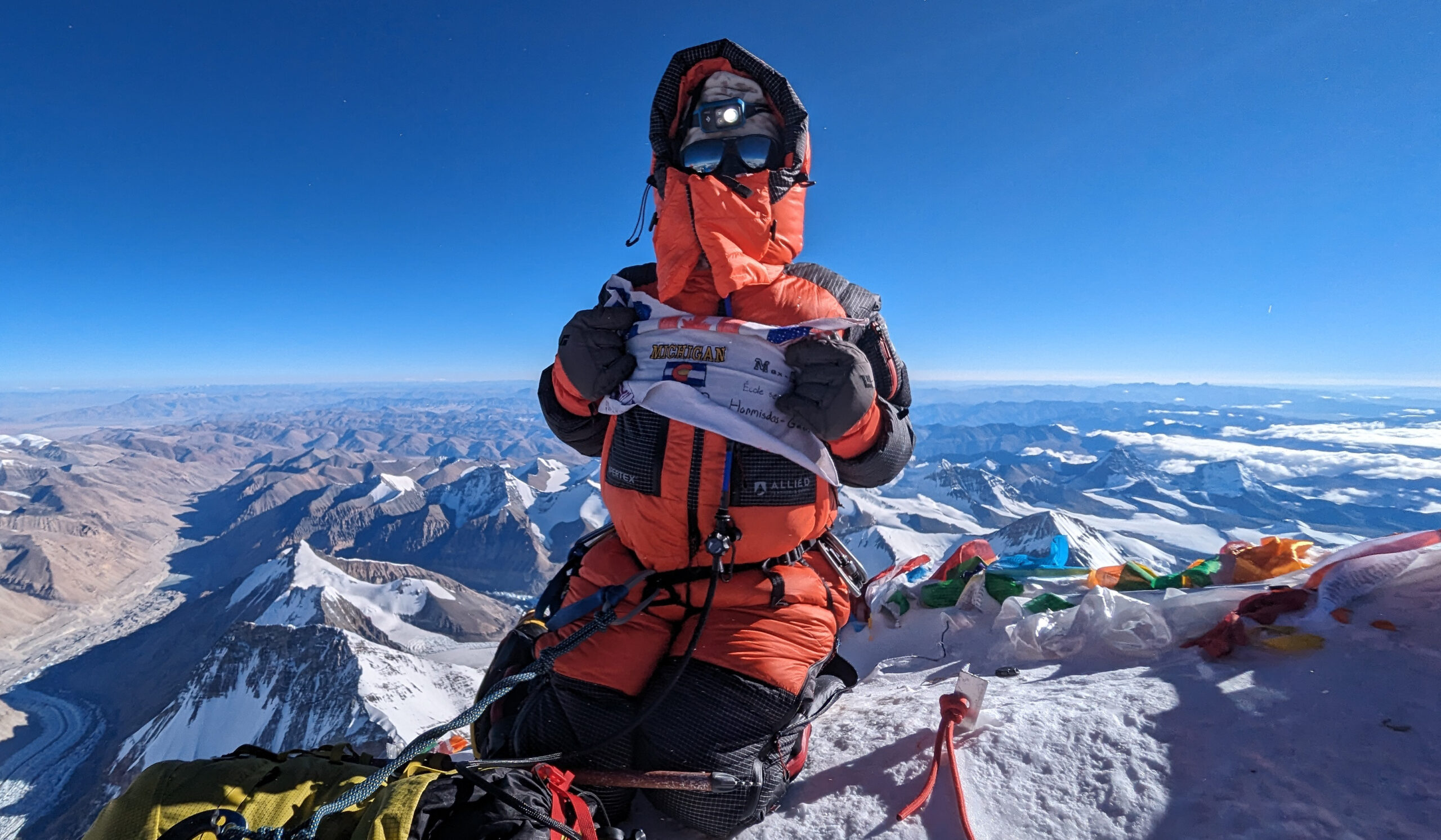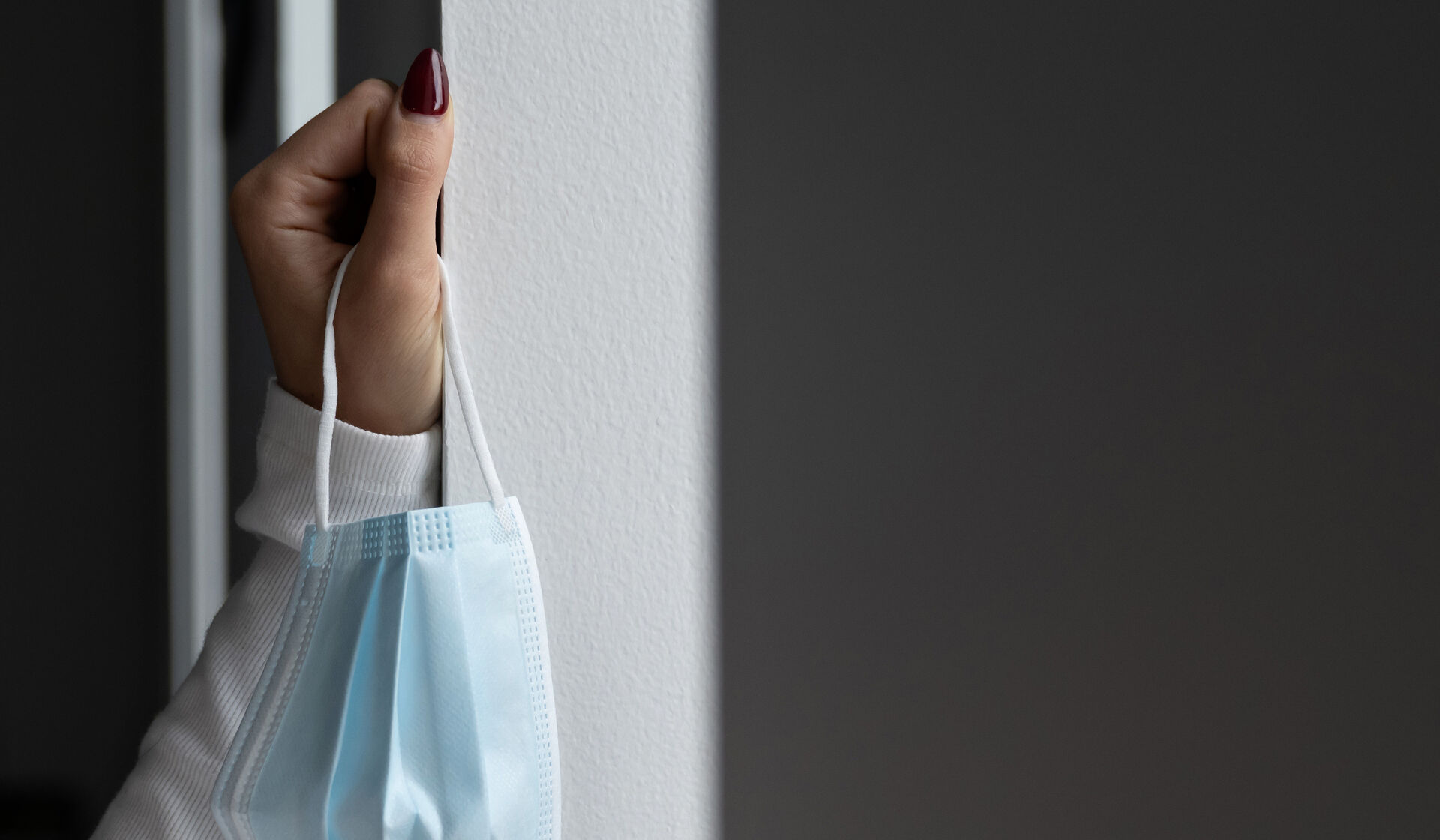Summiting Everest
•
Photos courtesy of Myra Beaudoin Bertrand
When Myra Beaudoin Bertrand, PhD’08, finally reached the top of the world, she fell to her knees. She’d been climbing for nearly three weeks — clipping and unclipping herself from fixed ropes, taking small steps in her heavy boots, and relying increasingly on oxygen tanks as the altitude made it harder and harder to breathe.
But Beaudoin Bertrand’s ascent began years earlier when she felt the call to the highest peak on Earth during a visit to Everest Base Camp in Nepal in 2019 and first laid eyes on the summit.
“When the sun sets, you see the colors change on the top of Mount Everest. And I could see the pink. I looked at it and I thought, ‘Okay, I want to come back here.’ It’s just something that really attracts you,” she says.
Beaudoin Bertrand actually began thinking about climbing Mount Everest as a child growing up on a farm in Canada, though it was more of a metaphorical dream for her at the time.
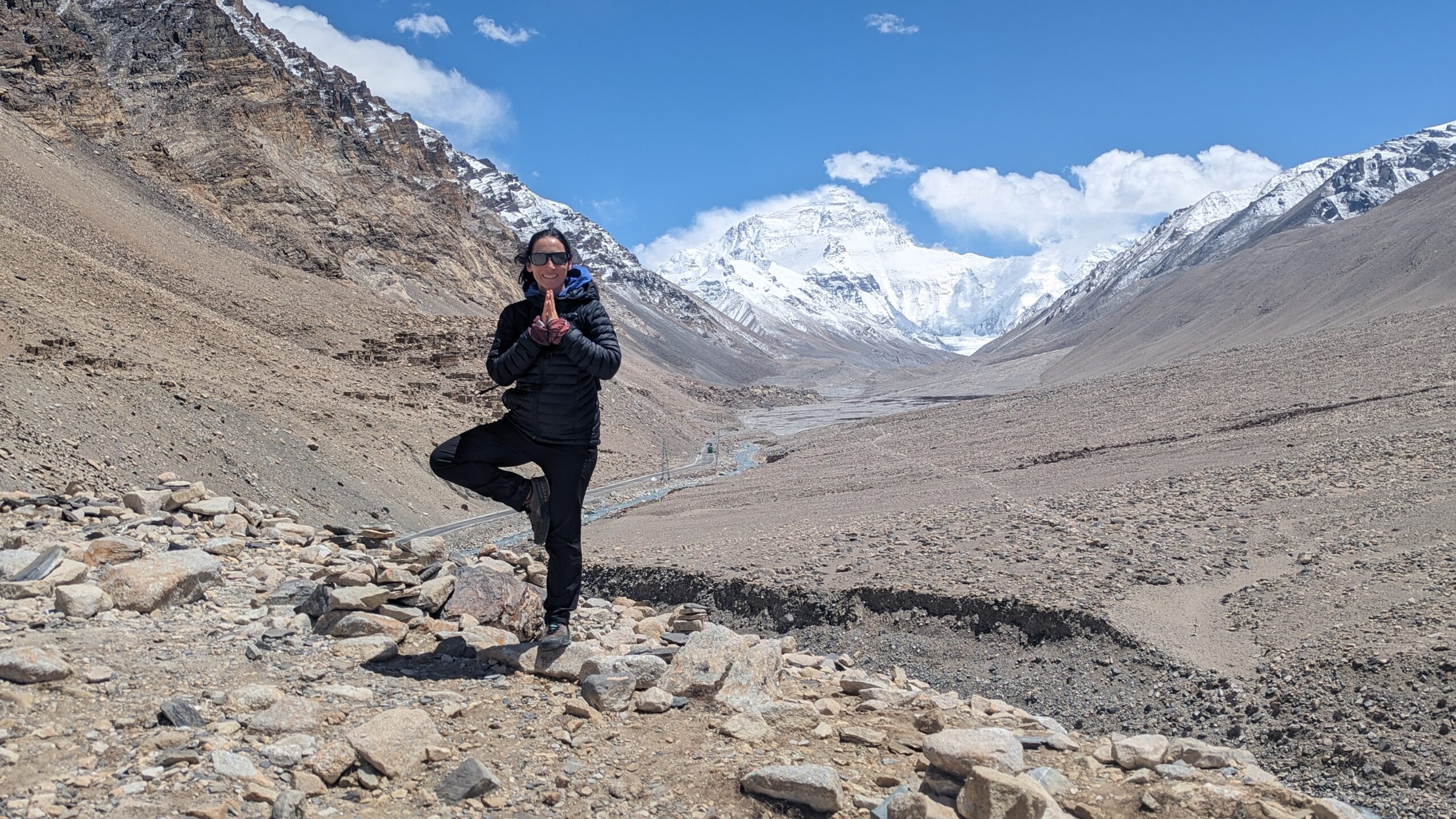
“Things were pretty hard. At some point I was joking to myself, I thought, ‘Well, if one day I can get on top of all this — get my life together and get to the top of Everest — that would be such an amazing achievement.’ . . . But it’s really five years ago when I went back and I saw the mountain and I was like, now I’m at this point in my life, and maybe this is possible.”
Last May, Beaudoin Bertrand left once more for Everest Base Camp — this time, ready to make it all the way to the top.
Base Camp
Beaudoin Bertrand is no stranger to mountain climbing. She lives in Denver, where she works for Jazz Pharmaceuticals and consistently climbs and skis “14ers” (mountains with summits over 14,000 feet above sea level).
She has reached the top of many great mountains including Chimborazo, the highest point in Ecuador; Ojos del Salado in Chile, the highest volcano in the world; and Aconcagua in Argentina, the highest mountain in the Western Hemisphere, whose peak elevation is 22,837 feet.
Beaudoin Bertrand spent years preparing for Everest with rigorous physical and technical training along with preparing her body for the potentially deadly effects of low levels of oxygen on top of the mountain. As part of a pre-acclimatization program before the trip, Beaudoin Bertrand slept in a hypoxic tent for eight weeks, which simulates a higher altitude, meaning she was acclimated to approximately 17,000 feet above sea level — the altitude of Everest’s base camp — before she ever left Colorado.
There are two routes to Everest’s summit — the south, from Nepal, and the north, from Tibet. The south route to the summit is more popular because it’s easier to access from Nepal and is considered a less technical climb. According to The Himalayan Database, an expedition archive created and developed by former U-M faculty member Richard Salisbury, MBA’68, MA’70, 787 climbers reached the top of Everest from the south side in 2024, compared with 74 on the north route.
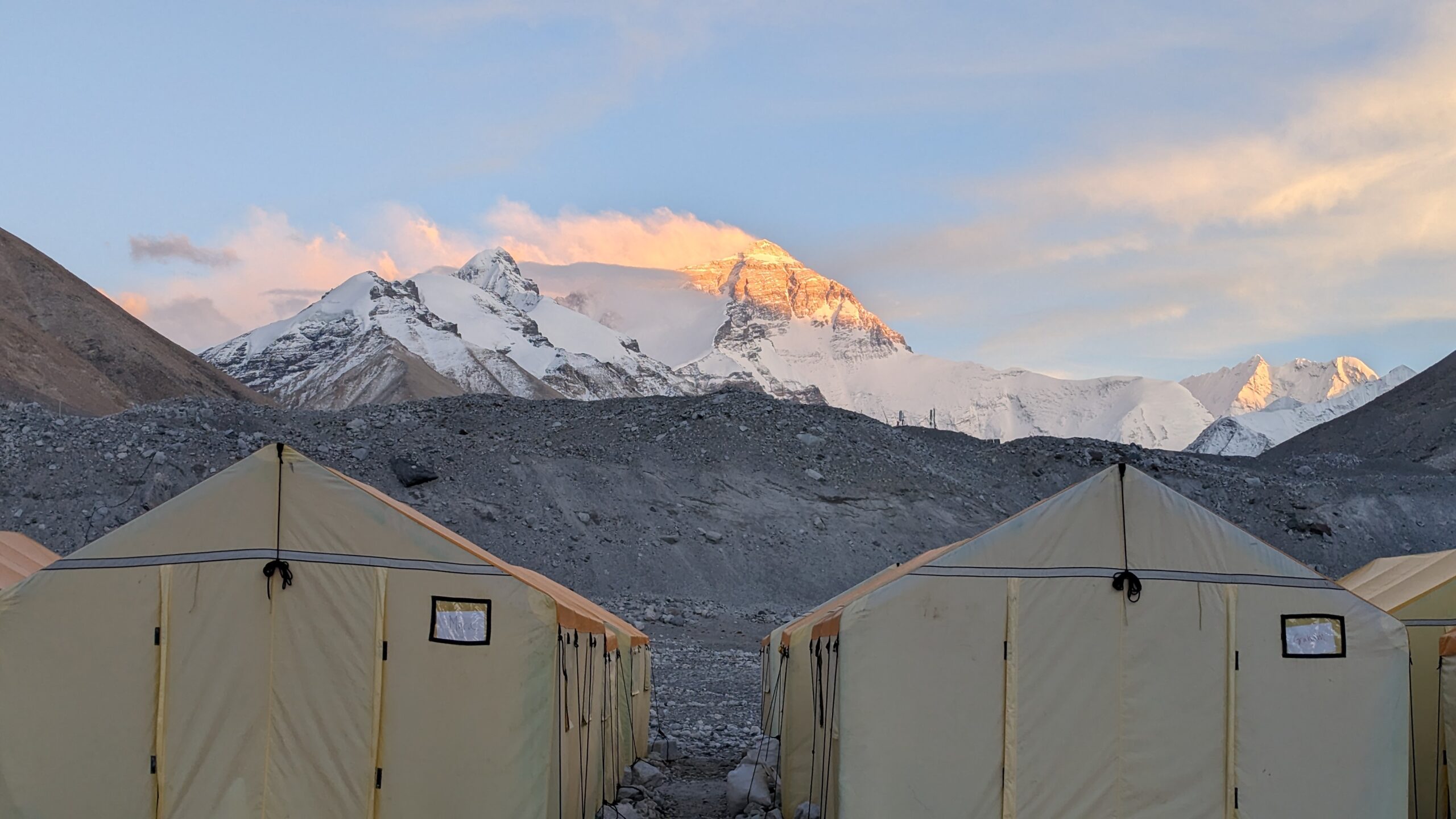
Beaudoin Bertrand chose the northern route. Her primary concern was safety and the north route is considered safer for experienced climbers, as they won’t encounter long waits at tricky points of the climb. All eight deaths on Everest in 2024 occurred on the southern route.
Beaudoin Bertrand and her group of fellow climbers, guides, and sherpas methodically scaled the mountain, stopping at various camps to adjust to life at new altitudes, including exercising to increase red blood cells. Much of climbers’ time on the mountain is spent acclimating to the increasingly low levels of oxygen. The summit lies in the “death zone,” the area above 26,000 feet with about one-third of the oxygen found at sea level.
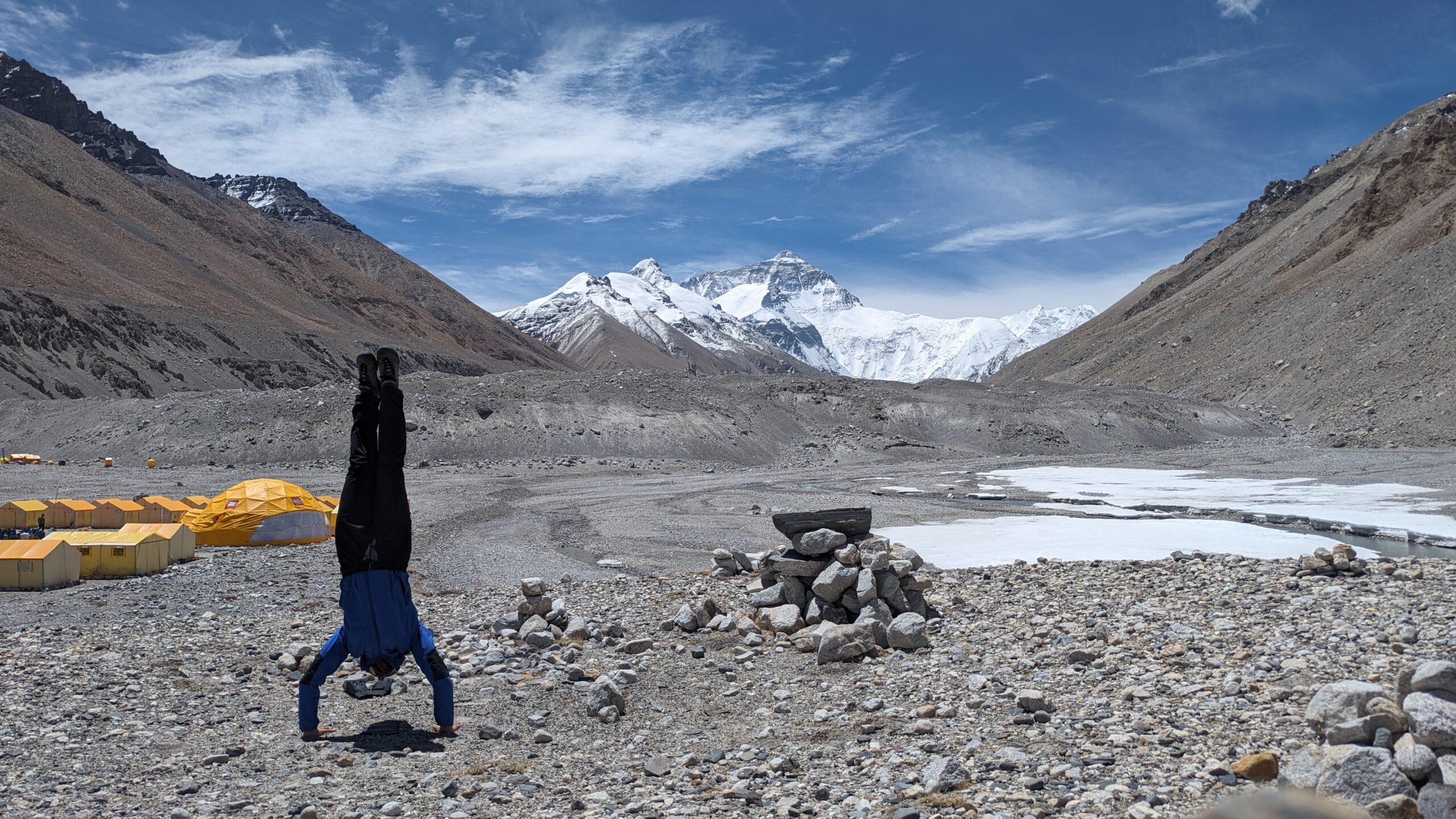
The majority of climbers use oxygen tanks to survive the death zone, but it’s not a perfect solution.
“When you’re on Everest, the way it works is you usually climb up to 23,000 feet without oxygen. And then after 23,000 feet, you put on the oxygen mask. When you’re using oxygen, if you get to the summit, it gives you about the same amount of oxygen as you would have at 23,000 feet, so it’s not like you’re at sea level. You still need to be able to go up and be able to function at altitude,” Beaudoin Bertrand explains.
Beaudoin Bertrand used four tanks of oxygen on the way up and one on the way down.
“It was very bizarre to have to be relying on this oxygen so much for my life, not even to accomplish this goal. It’s just to survive,” she says.
The Summit
After 18 days on the mountain, Beaudoin Bertrand reached the top of Mount Everest — 29,032 feet — on the morning of May 29, and was the first climber in her group to summit that day.
“Being on the summit was amazing. I’ll be honest, when I got there, it was so emotional to just finally make it and remember everything that it took, from a life perspective, to be there. Because I had made that deal with myself almost as a joke, that if I can get to the summit of Everest, it will be unbelievable,” she says.
“And then it’s like — this is it. And I kind of fell to my knees.”
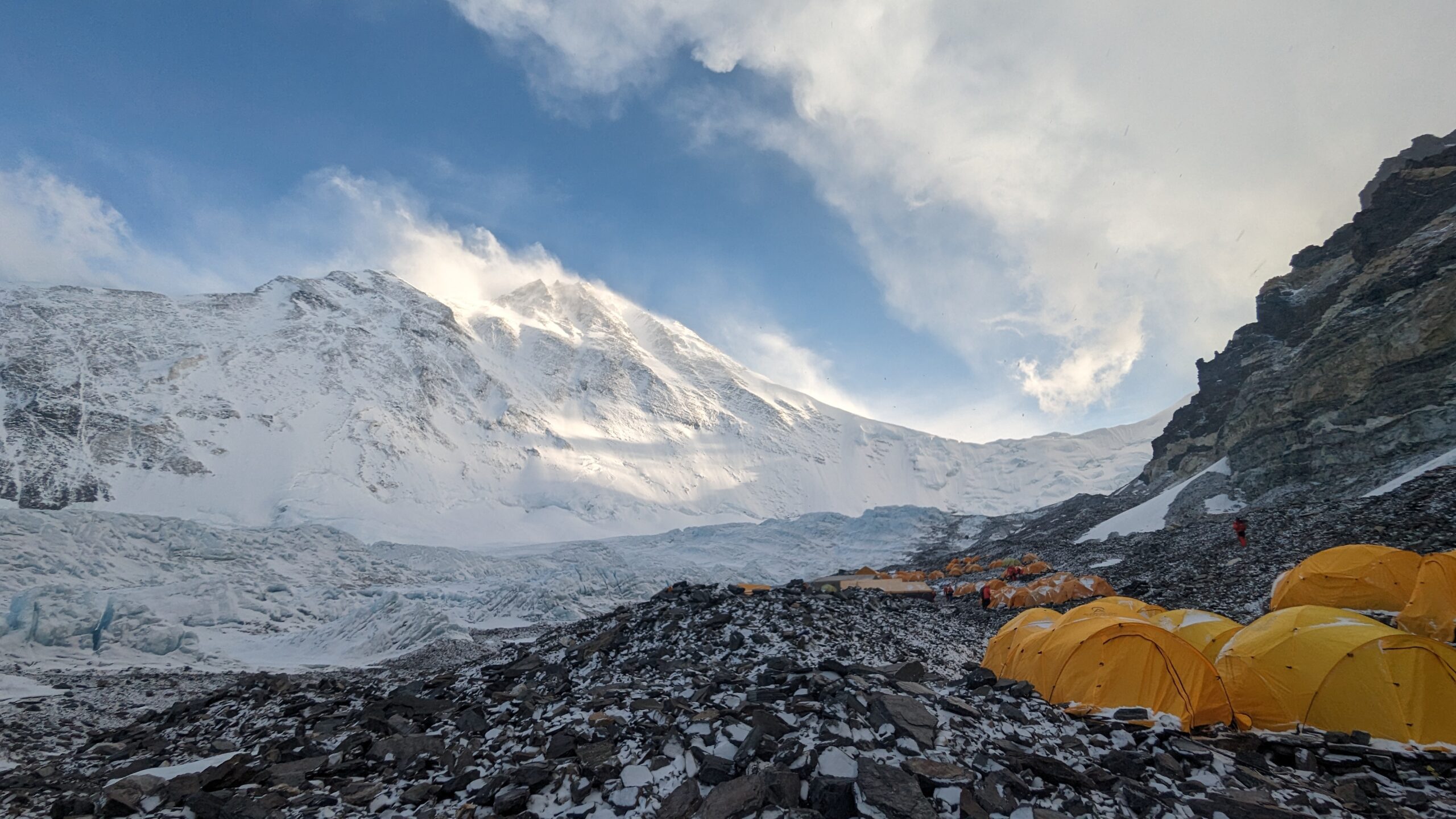
Beaudoin Bertrand spent about 20 minutes on the top of the world. She took in the remarkable views, posed for a few photos, and managed to video call her children, who were sitting down for dinner on the other side of the world.
For Beaudoin Bertrand, deciding to conquer Mount Everest was a monumental feat of its own, one that required her to be in a good-paying job, her kids in a stable home, and her health in peak condition, all so she could take the time to train and climb the mountain. It’s why she brought a flag her daughter made — with drawings of the flags of Quebec, Canada, and the United States as well as emblems of each of Beaudoin Bertrand’s schools — to the top of the world.
“Because these things have carried me, I want to carry those to the summit,” she says.
Many mountaineers feel akin to nature and the peaks they climb. And like many mountaineers who summit Mount Everest, the mammoth accomplishment changed Beaudoin Bertrand in more ways than one.
“I feel like now the mountains are talking to me in a different way. The mountains before were pushing me to push myself to achieve something. They were inspiring me to push, to get there.”
Summiting Mount Everest was a dream come true for Beaudoin Bertrand, and she encourages others to pursue their passions as well.
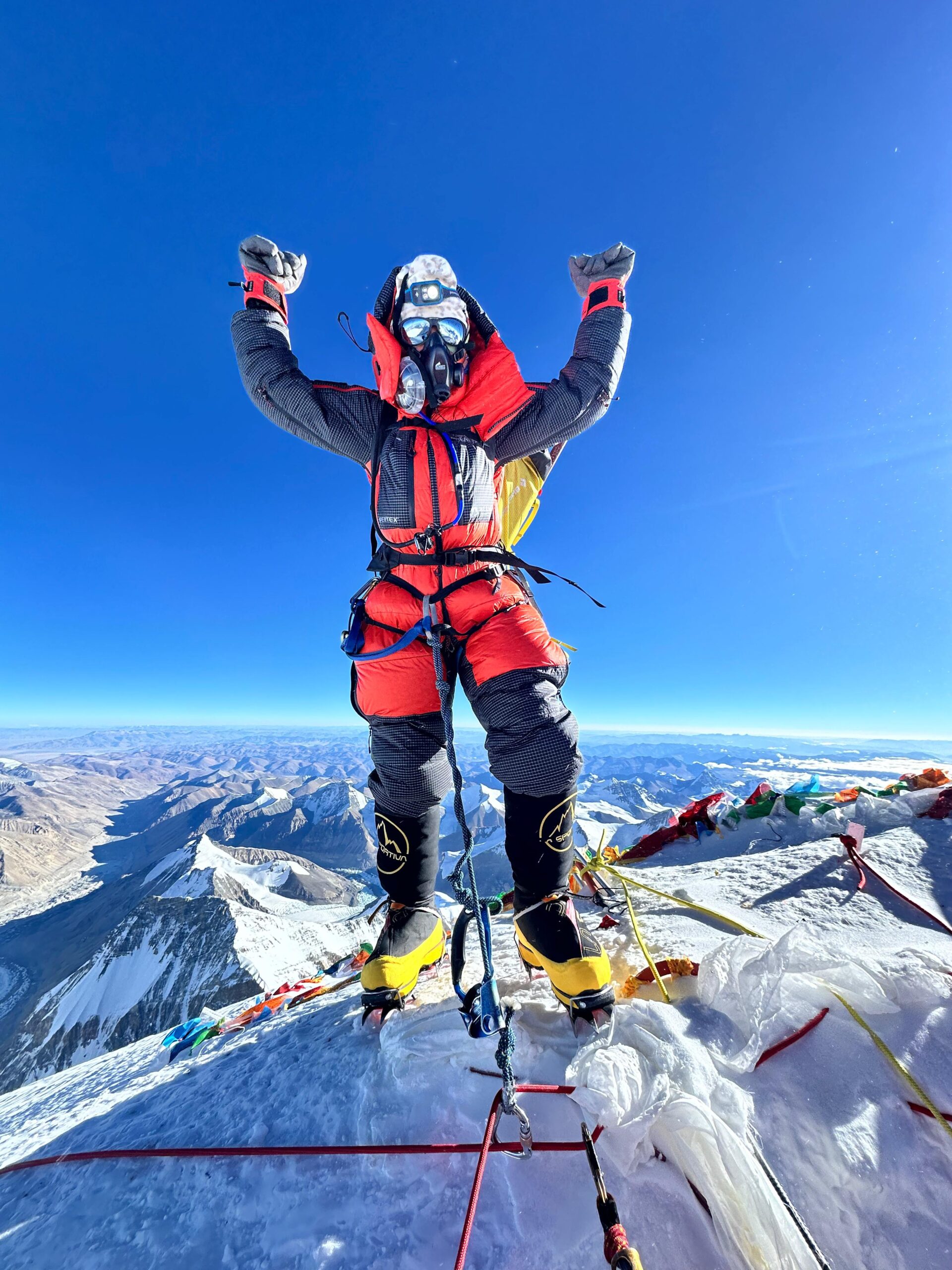
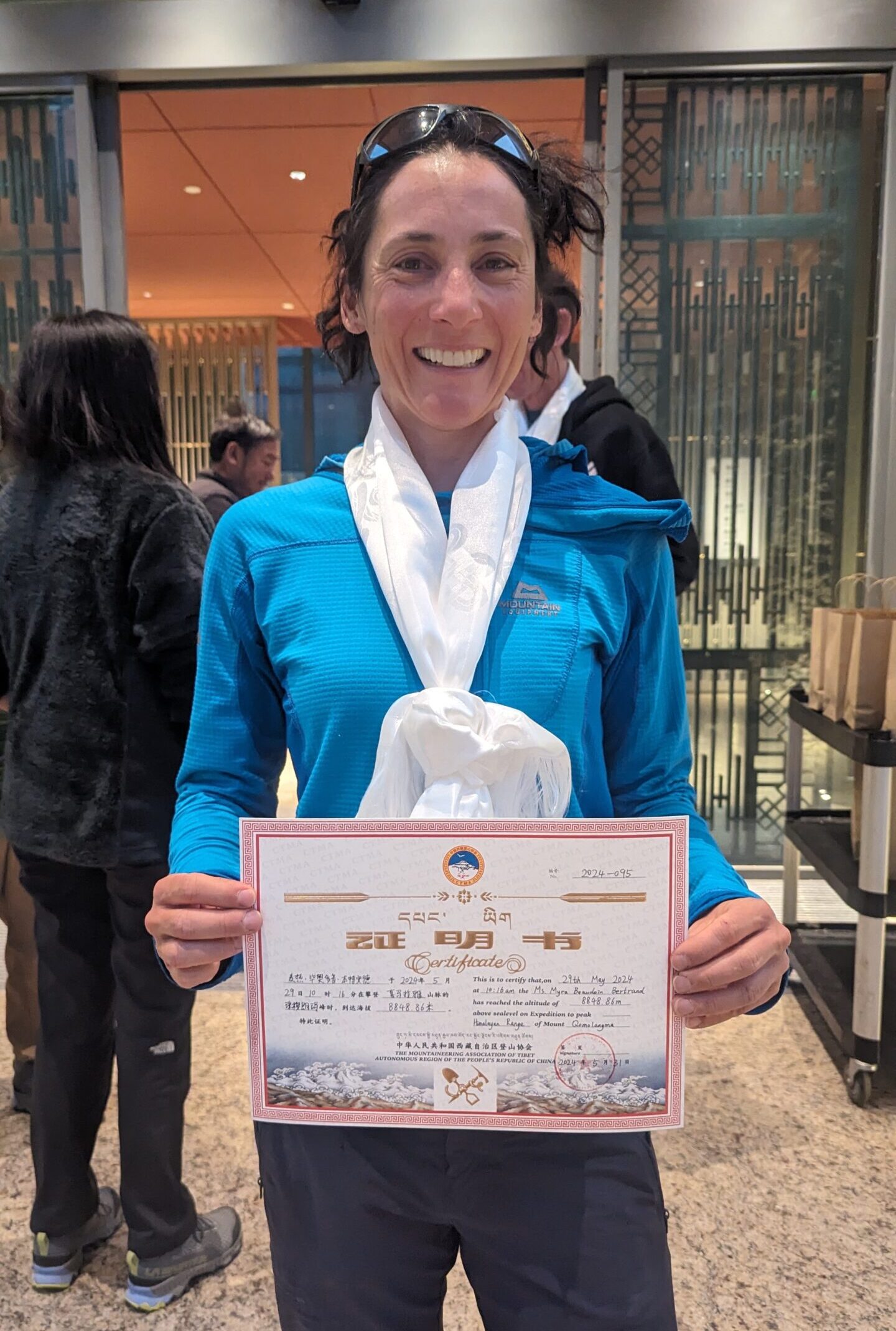
“You have to follow your dreams in life, even if people don’t agree necessarily. Work hard and you’ll get there,” she says.
Beaudoin Bertrand says that even a goal with nearly too high expectations can drive you to reach further than you thought possible.
“For me, [Everest] was a kind of a lighthouse that I wanted to reach. And because of that, it helped me keep going with the difficulties of life, from a young age all the way to adulthood and it reminds me that everything is possible.
“Don’t stop dreaming. Never.”
Katherine Fiorillo is the editor of Michigan Alum.

